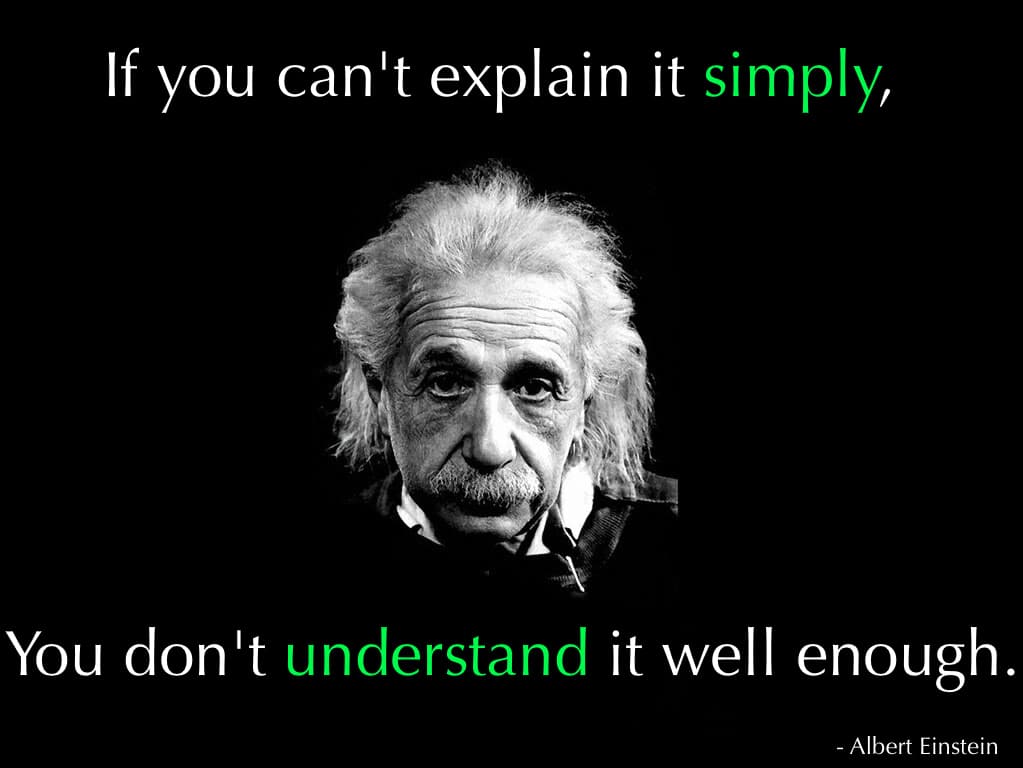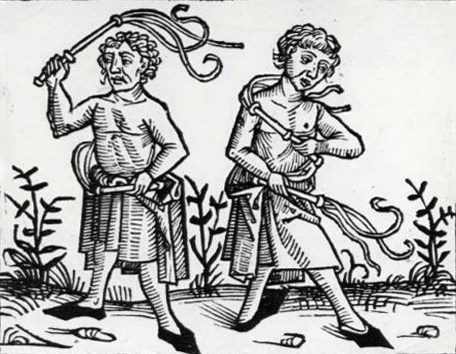A very large majority of people in the American culture have normalized mania. We are affected by this because we live in the culture. We participate in it, either to fuel or to heal it.
 “Trump is not a man apart. He is, instead, merely one of us writ large.” Michael D’Antonio who wrote the biography, “Never Enough: Donald Trump and the Pursuit of Success”
“Trump is not a man apart. He is, instead, merely one of us writ large.” Michael D’Antonio who wrote the biography, “Never Enough: Donald Trump and the Pursuit of Success”
“Do more faster” and “never enough” seem to appear like a call to “charge”. These phrases could appear as logos on our flag or hymns in our churches.
“We are invariably the co-conspirators in the phantom narratives we inherit from past generations.” Kimbles, Samuel; Phantom Narratives: The Unseen Contributions of Culture to Psyche
“The United States has the highest lifetime rate of bipolar disorder at 4.4%, and India the lowest, with 0.1%.”
This is what has been officially diagnosed. We can only imagine how many people are living over the “red line”.
Healing the mania by understanding the mania 
Here I would like to look at how manic attitudes, particularly, “do more faster” and “never enough” seep in and destroy the quality of life. It may not hurt the quality of physical life, (our stuff, my stuff) but destroys psychological well being and true spiritual connection with others and the earth.
Let’s start with a definitions so we are talking the same language, first from the dictionary then the DSM-V:
1: excitement manifested by mental and physical hyperactivity, disorganization of behavior, and elevation of mood; specifically : the manic phase of bipolar disorder
2 a : excessive or unreasonable enthusiasm
Psychiatric definition: Excerpt from the DSM-V: Manic Episode
1. Inflated self-esteem or grandiosity.
2. Decreased need for sleep (e.g., feels rested after only 3 hours of sleep).
3. More talkative than usual or pressure to keep talking.
4. Flight of ideas or subjective experience that thoughts are racing.
5. Distractibility (i.e., attention too easily drawn to unimportant or irrelevant external
stimuli), as reported or observed.
6. Increase in goal-directed activity (either socially, at work or school, or sexually) or
psychomotor agitation (i.e., purposeless non-goal-directed activity).
7. Excessive involvement in activities that have a high potential for painful consequences
(e.g., engaging in unrestrained buying sprees, sexual indiscretions, or
foolish business investments).
You can view the full diagnostic definition of a manic episode in the DSM-V.
Stress as a “Badge of Honor”? 
“In her new book “The Happiness Track,” Emma Seppala debunks one of the biggest myths among Western workers: the idea that you have to be insanely stressed to be successful.”
The problem, Seppala says, is that on some level, we want to wear ourselves out because we get to brag about it.
“The idea that stress and success are inevitably intertwined has become so ingrained in our culture and work habits that we take pride in our stress levels,” she writes.
“We may not like to feel stressed, but we wear it like a badge of honor.”
“In fact, Seppala, the science director of Stanford’s Center for Compassion and Altruism Research and Education, points to a solid body of research that suggests just the opposite.”
What destroys psychological well being and spiritual belonging? 
Psychologically we can see an old puritan work ethic at play, fueled by unconscious shame. It is commonly translated to, “no pain, no gain”. Yes, that is true to a point but when does it turn self destructive to avoid “working” with a false identity:
“I’m a successful person because I work 80 hours a week.”
“I’m strong because I do it all myself and don’t ask for help.”
“I’m perfect in some way because look how much I suffer.”
These skewed self-image is the psychological and spiritual work.
“These patterns, at the group level, fall into place around the instinctual needs to belong and have an identity via identification that pushes for recognition.” Kimbles, Samuel Phantom Narratives: The Unseen Contributions of Culture to Psyche
There is one important distinction I would like to make. The distinction between accomplishing a lot of things and how those things are accomplished.
We can become aware of the qualities of effort and how that effort changes from morning to evening. We can stay more aware of body, breath, and mind. We can ask ourselves, “What am I feeling right now? What don’t I want to feel right now? Am I rushing? Will the sky fall if I don’t finish this on time?” We can still get a lot done staying present and relaxed and come away from the day some what intact.
Mistaking mania for vitality
We all know the vitality we experience when we are rested and relaxed. There is a natural desire to work and play.
But when does this vitality start to change into mania?
Manic feelings and behaviors begin when the “train starts to come off the tracks”. It may first start with a healthy impulse to get some things done. The activity could be work related, creative, recreational fun, thinking about something or fantasy about anything. Natural excitement, enthusiasm, and confidence change into mania when a grounded connection to the moment, or to one’s self, or to objective reality begin to disappear.
For example, let’s say we are planning a vacation, very exciting, needed rest and recreation. We begin planning and organizing what we will do and see. But we notice there is a growing “speediness” or desperation “to get out of here” and “to get there”: to do more faster. The “doing” starts to dominate the “being”. Many of us have experienced the vacation that turned into being more stressful than the stress we wanted to get away from. Now when we apply this simple example to work, any kind of work, the stress goes way up, faster because more is at risk.
We do not need a diagnosis of manic-depressive to study mania in ourselves. 
How do manic attitudes operate within all of us. The dictionary definition is; “excessive or unreasonable enthusiasm”. The DSM-V refers mania as: “inflated self esteem and grandiosity”.Who has not experienced some of that? When enthusiasm turns excessive, that’s where mania begins and enthusiasm is left behind.
In psychotherapy and meditation we are directing our attention to experiencing the moment, whatever that may be. We are in the drivers seat at that time and we can make decisions accordingly. Mania in the drivers seat begins to run away from it and depression is falling asleep behind the wheel. The earlier we become conscious of these feelings and sensations, the better chance we have of staying with the vitality, the present moment, our self, and “what is”.
Related Links:
Bipolar 1 and Bipolar 2: Mania and Depression
mania vs. adhd
adhd: early onset (before age 7 years) chronic rather than episodic. DSM-IV p.332
Mania and the Manic Episode: Symptoms and their Meaning
